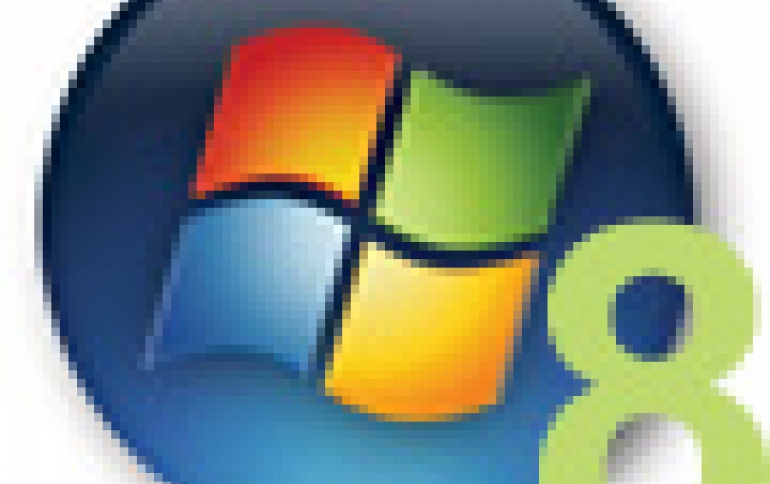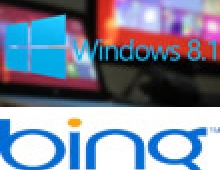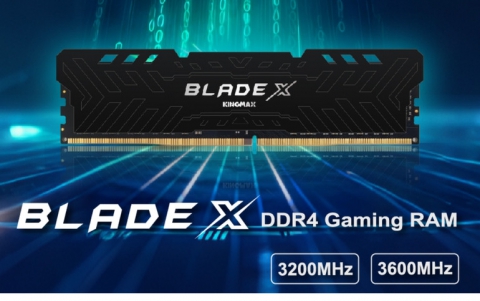
Windows 8 To Natively Support ISO and VHD Files
Microsoft today provided details on the native Expoler support for ISO files and VHD files in Windows 8.
In a blog post, Microsoft announced that Windows 8 will enable easy access to the contents of two important storage formats, ISO and VHD files, allowing users to store ever increasing amounts of data without worrying about running out of capacity of their hard disks.
While these formats are generally appear on media, they are also very useful as files within a file system and that is where native support in Explorer comes in handy.
An ISO file is simply a disc image stored as a file, composed of all of the contents of a CDROM or DVD disc. You can also think of an ISO file as a full-fidelity image (digital copy) of the optical disc. ISO files are used by vendors to distribute software. Backup applications also store content in the ISO format and many utilities allow creation of an ISO file from existing CDROM or DVD media. Once created, these files can be sent around, downloaded, and stored just like any other file - however, before you can access the photos, video, applications, documents, or other content contained within the ISO file, you either have to "burn" the ISO file to a writable optical disc or download and install software that allows you to "mount" and access the ISO file contents directly (i.e. without burning). With Windows 8, Microsoft has eliminated this last step ? you can simply access the contents of the ISO file without needing either needing to burn a new disc or needing to find/download/install additional software just to logically access the ISO.
It's simple - just "mount" the ISO file (you can select mount from the enhanced Explorer ribbon or double-click or right-click on the file), and a new drive letter appears, indicating that the contents are now readily accessible. Underneath the covers, Windows creates a "virtual" CDROM or DVD drive for you on-the-fly so you can access your data.
Another place Microsoft has simplified access is with Virtual Hard Disk files. Virtual Hard Disks are the format used by Virtualization software Hyper-V or Virtual PC.
The Virtual Hard Disk (VHD) format is a publicly-available image format specification that allows encapsulation of the hard disk into an individual file for use by the operating system as a virtual disk in all the same ways physical hard disks are used. The VHD format is used by Hyper-V to store information for Virtual Machines. Windows7 & Windows Server 2008 r2 users have the ability to boot the system off a VHD file, and there is a command line and MMC plugins for managing them. VHDs are handy for portability of system settings or to play back what has been saved as a snapshot of a system.
Accessing a VHD in Windows 8 is as simple as with ISO files, but there is one important difference: rather than appearing as a removable drive (as is the case with ISO), VHDs appear as new hard drives: Underneath the covers, Windows provides a virtual drive letter pointing to the volume within the VHD. You?ll notice that the icon for the drive G: The VHD appears as a hard drive. You can then work with the virtual hard disk just like any other file storage in your system, whether you are modifying, adding or removing files.
Once you've finished working with the VHD, like an ISO, you can right-click it and click Eject (or just use the Eject button on the ribbon). Any changes you've made remain saved within the file.
An ISO file is simply a disc image stored as a file, composed of all of the contents of a CDROM or DVD disc. You can also think of an ISO file as a full-fidelity image (digital copy) of the optical disc. ISO files are used by vendors to distribute software. Backup applications also store content in the ISO format and many utilities allow creation of an ISO file from existing CDROM or DVD media. Once created, these files can be sent around, downloaded, and stored just like any other file - however, before you can access the photos, video, applications, documents, or other content contained within the ISO file, you either have to "burn" the ISO file to a writable optical disc or download and install software that allows you to "mount" and access the ISO file contents directly (i.e. without burning). With Windows 8, Microsoft has eliminated this last step ? you can simply access the contents of the ISO file without needing either needing to burn a new disc or needing to find/download/install additional software just to logically access the ISO.
It's simple - just "mount" the ISO file (you can select mount from the enhanced Explorer ribbon or double-click or right-click on the file), and a new drive letter appears, indicating that the contents are now readily accessible. Underneath the covers, Windows creates a "virtual" CDROM or DVD drive for you on-the-fly so you can access your data.
Another place Microsoft has simplified access is with Virtual Hard Disk files. Virtual Hard Disks are the format used by Virtualization software Hyper-V or Virtual PC.
The Virtual Hard Disk (VHD) format is a publicly-available image format specification that allows encapsulation of the hard disk into an individual file for use by the operating system as a virtual disk in all the same ways physical hard disks are used. The VHD format is used by Hyper-V to store information for Virtual Machines. Windows7 & Windows Server 2008 r2 users have the ability to boot the system off a VHD file, and there is a command line and MMC plugins for managing them. VHDs are handy for portability of system settings or to play back what has been saved as a snapshot of a system.
Accessing a VHD in Windows 8 is as simple as with ISO files, but there is one important difference: rather than appearing as a removable drive (as is the case with ISO), VHDs appear as new hard drives: Underneath the covers, Windows provides a virtual drive letter pointing to the volume within the VHD. You?ll notice that the icon for the drive G: The VHD appears as a hard drive. You can then work with the virtual hard disk just like any other file storage in your system, whether you are modifying, adding or removing files.
Once you've finished working with the VHD, like an ISO, you can right-click it and click Eject (or just use the Eject button on the ribbon). Any changes you've made remain saved within the file.



















